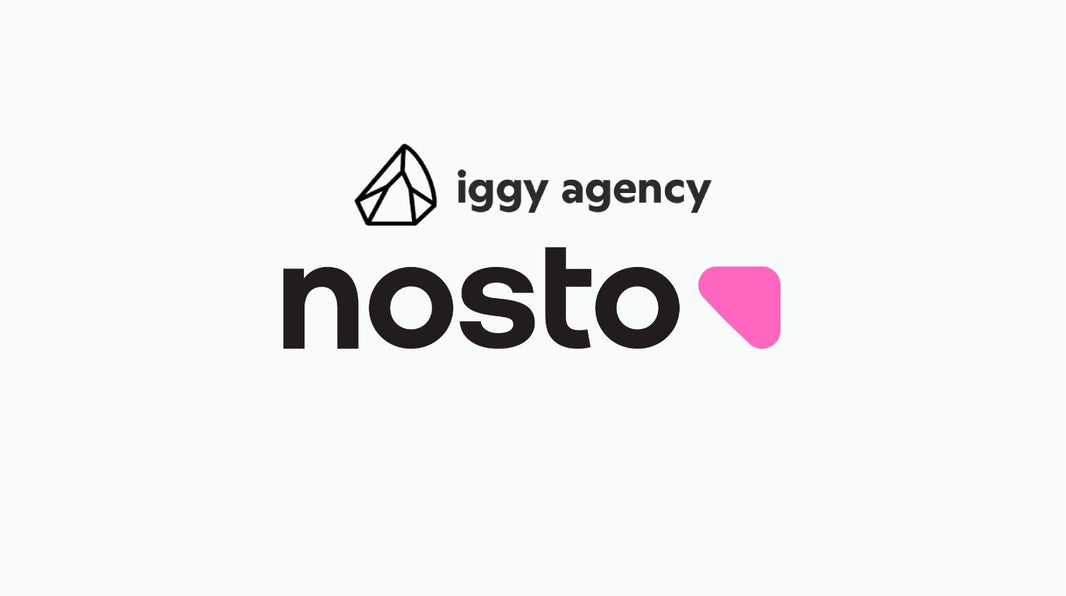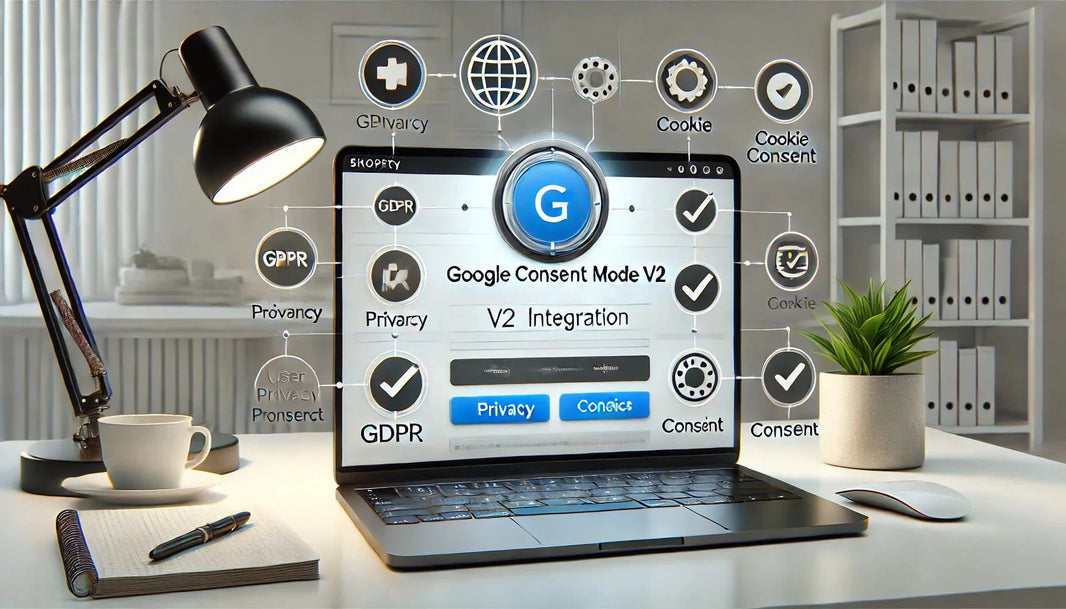Why Switch from WordPress to Shopify?
Before delving into the migration process, it's crucial to understand why many businesses opt to migrate from WordPress to Shopify. Here are some key reasons:
Leading E-commerce Platform
Shopify is designed with a focus on online sales, offering features and tools optimized for handling all aspects of e-commerce, including product listing, payment processing, shipping, and inventory management.
User-Friendly Interface
Shopify provides a user-friendly and intuitive platform, making it easy to build and manage your e-commerce store. You don't need to be a technical expert to get started and create a professional-looking online store.
Third-Party App Availability
Shopify boasts an extensive ecosystem of third-party applications and plugins, allowing you to customize your store according to your specific needs. There's an app for almost everything, from marketing to reporting.
Cost-Effectiveness
Shopify offers competitive pricing, including a variety of pricing plans to suit different business needs. Additionally, hosting and security are included, reducing technical costs and concerns.
24/7 Support
Shopify offers reliable customer support round the clock. If you encounter any issues, you can easily seek assistance from their team whenever you need it.
Now that we've identified the advantages of choosing Shopify, let's take a look at how you can migrate from WordPress to Shopify.
Step-by-Step Guide
Step 1: Preparation
Before starting the migration, ensure that you have a Shopify store set up and ready to use. If you need assistance with this, Iggy Agency can help you create a customized store tailored to your needs.
Step 2: Export Data from WordPress
Use a WordPress to Shopify migration tool or plugin to export your products, customers, and orders from your existing WordPress store.
Step 3: Import Data to Shopify
Import your exported data into your new Shopify store. Shopify has a built-in import feature that simplifies this process.
Step 4: Customize Your Store
Personalize your Shopify store to your liking by choosing a suitable design, adding your logos, and configuring payment and shipping options.
Step 5: Test Your Store
Before going live, thoroughly test your new store to ensure everything is functioning correctly. Check product pages, collection pages, and the checkout process by performing test purchases, among other crucial features.
Step 6: Go Live
Once you're satisfied with your new Shopify store, it's time to go live. You can set up a custom domain for your store and start selling online.
Step 7: Market Your Store
Utilize Shopify's built-in marketing tools or integrate third-party applications to market your store and attract more customers.
Hire Iggy Agency for a Seamless Migration
Iggy Agency is Shopify experts with extensive experience in helping businesses migrate from various platforms to Shopify. They can facilitate the entire process by offering tailored solutions and expert guidance.
Whether you need assistance in creating a custom Shopify store, transferring your data from WordPress, or optimizing your new e-commerce platform, Iggy Agency can provide you with the expertise and support you need.
Migrating from WordPress to Shopify is a wise business decision considering Shopify's sharp focus on e-commerce, user-friendliness, availability of third-party applications, cost-effectiveness, and reliable customer support. By following our tips and advice in this article, you can make the transition as smooth as possible and reap the many benefits of Shopify.







